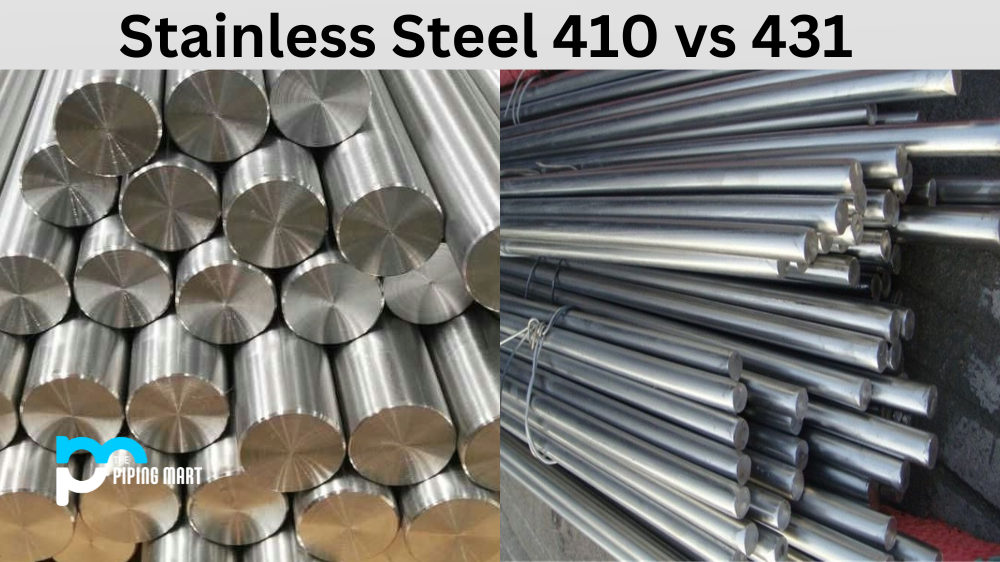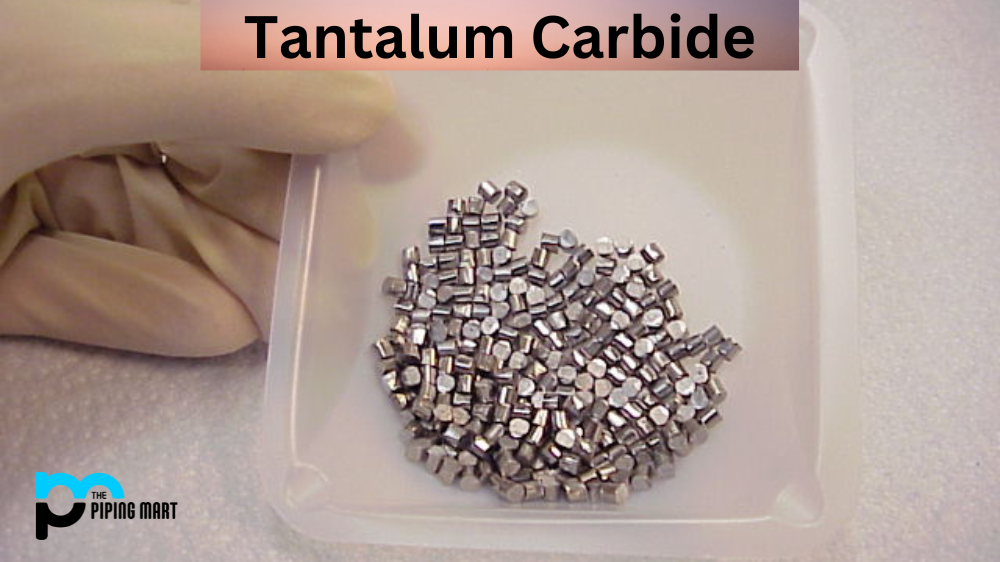Monel 400 and carbon steel are two of the most commonly used materials in metal fabrication. While they are both robust and reliable, welding monel 400 to carbon steel can be a tricky process—especially if you’ve never done it before. In this blog post, we will discuss the best practices for welding these two metals together so that you can ensure that your welds are high-quality and long-lasting.
Why Use Monel 400?
Before we dive into the actual welding process, let’s take a look at why monel 400 is such a popular choice for metal fabrication. Monel 400 is known for its excellent corrosion resistance—even in highly acidic and salty environments. It also has superior strength compared to other alloys like stainless steel, making it an ideal material for applications where strength is essential. Additionally, monel 400 has good formability and machining properties, which further makes it a great choice for fabricators.
Welding Methods
When welding monel 400 to carbon steel, it’s important to use different techniques than you would use when welding two pieces of stainless steel together or even two pieces of carbon steel together. This is because the different metals have different thermal expansion coefficients, meaning that they expand or contract at different rates when exposed to heat from the welding torch. To account for this difference in expansion rates, the most common technique used when welding these two metals together is called “expansion joint” welding. This involves creating extra space between the two pieces being welded (usually by using spacers) so that any expansion due to heat can be accommodated without causing too much stress on the weld itself. Another option is “heat sink” welding, where a cooling device is placed around each side of the weld joint in order to equalize the temperature between both sides and minimize the risk of warping or buckling during cooling.
The last option is tungsten inert gas (TIG) welding which allows greater control over heat input while still providing strong welds with good integrity and finish quality. No matter which technique you choose, it’s important to make sure that your welder has proper settings as well as appropriate power output/voltage/amperage/etc., according to manufacturer recommendations. It’s also helpful if you can practice on scraps first before starting on your actual project!
Conclusion
Welding monel 400 to carbon steel requires careful consideration in terms of technique and equipment selection in order to ensure high-quality results every time. By following best practices, such as using an appropriate expansion joint technique or TIG welding with properly adjusted settings, you can rest assured knowing that your welds will be strong and durable enough for whatever application they may be needed for! Keep in mind that practicing beforehand on scrap pieces of metal can help too! With this information under your belt, you should be ready to get started on your next project involving monel 400 and carbon steel!

Pipingmart is B2B portal specializes in industrial, metal and piping products. Also, share latest information and news related to products, materials and different types grades to help business dealing in this industry.




